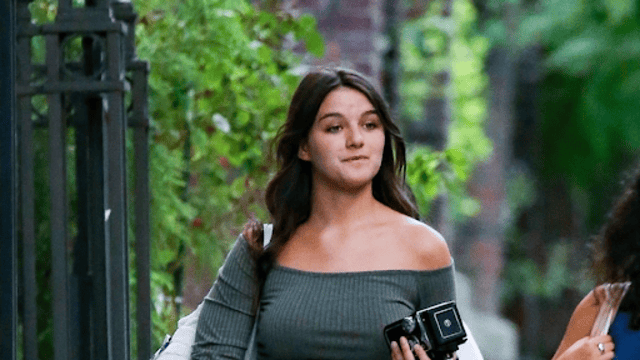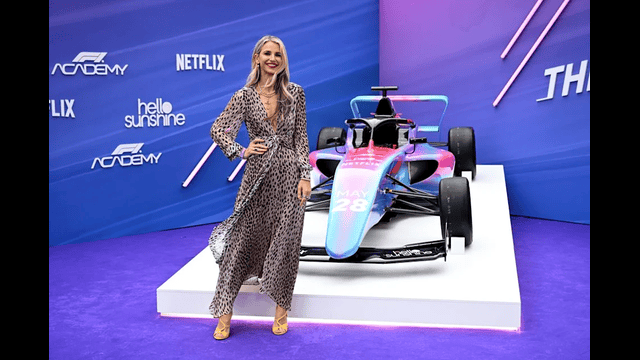
A model struts down the runway at a fashion show hosted by WWD.
During Paris Couture Week, the Jean Paul Gaultier show stands out as a grand finale before the event's conclusion. It not only attracts a large audience but also features one of the most diverse and fashion-forward crowds, including fashion students, enthusiasts, performers, and individuals in drag. Since Jean Paul Gaultier's retirement in 2020, the brand has embraced a rotating roster of guest designers, each bringing their unique flair. Previously, designers like Simone Rocha and Glenn Martens infused the shows with their distinct styles. This season, Nicolas Di Felice, known for his minimalist aesthetic as the artistic director of Courrèges, took center stage.
Di Felice transformed the Jean Paul Gaultier headquarters on Rue Saint-Martin into a minimalist oasis with stark white surroundings and a remarkably narrow runway surrounded by tightly packed seating. The collection began with an all-black draped trench coat dress adorned with a wide collar and a veil that cascaded from the eyes down. Following this was a shorter leather version of the trench coat ensemble, maintaining the striking veil. The lineup continued with a sleek black column dress featuring a subtle train and a neckline just below the model's eyes. These sharp, sophisticated silhouettes made a powerful statement, captivating front-row attendees who competed to capture every detail on their phones amidst the runway's confined space.
Di Felice's recent show at Courrèges hinted at his approach for Jean Paul Gaultier, showcasing streamlined, minimal looks with models placing their hands in low pockets below the navel—a theme echoed in this couture collection. Transparent, lingerie-like shirts, long corseted dresses, and draped designs further emphasized the sensual and sensitive aesthetic Di Felice aimed to convey.
The highlight of the collection was the breathtakingly subtle yet intricate transparent nude wedding gown adorned with an astonishing 10,568 hook and eye closures. From afar, these embellishments appeared delicate, but up close, they revealed a meticulously crafted vision. Another standout piece was a chainmail-inspired dress that, upon closer inspection, featured an intricate network of 42,000 hooks and eyes. Additionally, a long white dress shimmered down the runway, adorned with hundreds of hooks intricately applied like sequins or feathers, adding a touch of whimsy to the collection.
While Jean Paul Gaultier has been a pioneer in diversity, embracing models of various sizes, races, and genders, Di Felice's shows at Courrèges have predominantly featured thin models. In interviews leading up to the show, he acknowledged the importance of inclusivity in fashion, a principle central to the French house. Many hoped he would use this platform to expand on inclusivity further.
As with every guest designer, Di Felice drew inspiration from Jean Paul Gaultier's extensive archives, particularly referencing shows like "Les Touristes Japonaises au Louvre" (Spring 1999), "Constructivism" (Fall 1986), and "Women Among Women" (Fall 1989). He focused particularly on Gaultier's lingerie-inspired designs, reinterpreting them through his lens of radical minimalism. Beyond the clever hook and eye embellishments, this collaboration stood out for its pared-back approach, which delighted Di Felice's loyal followers.















